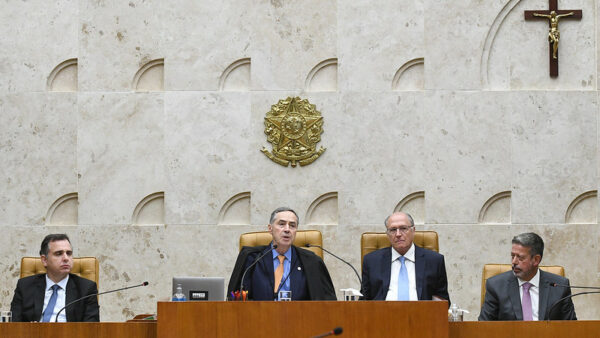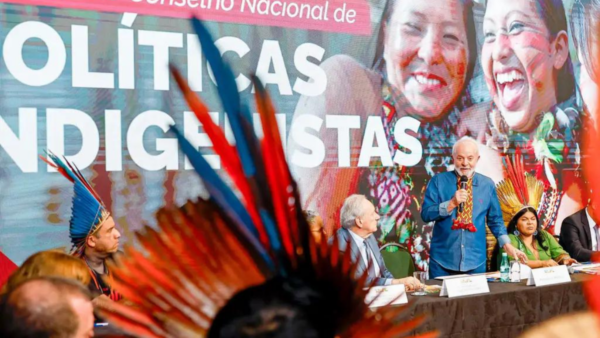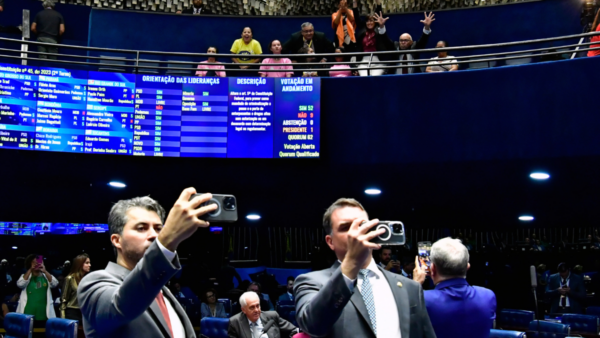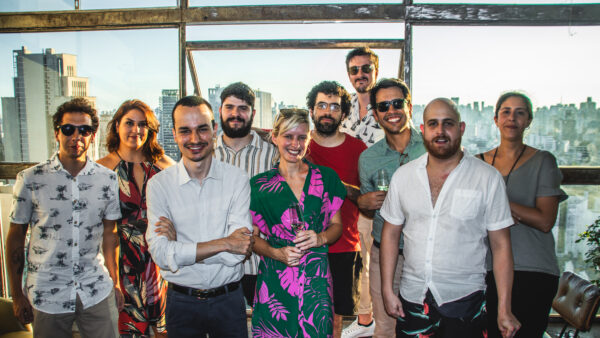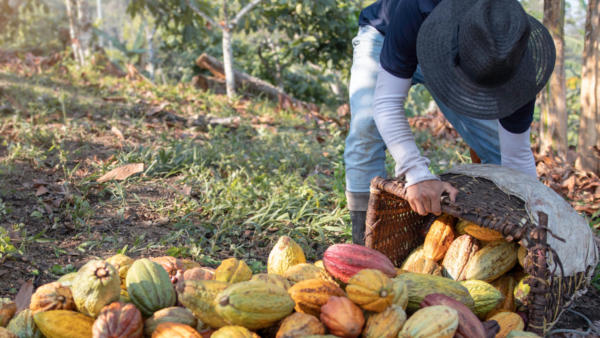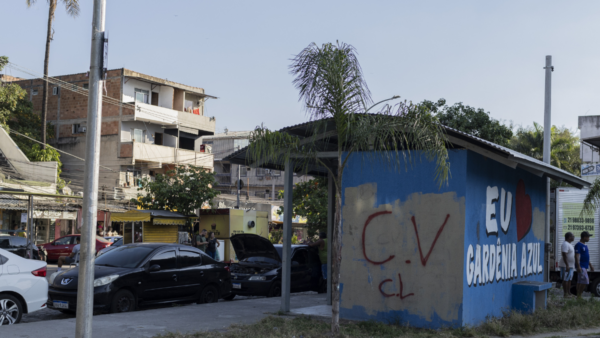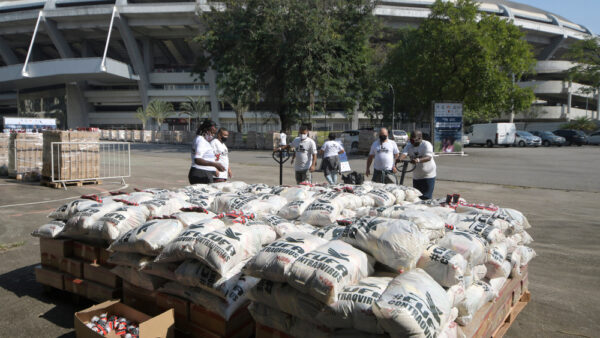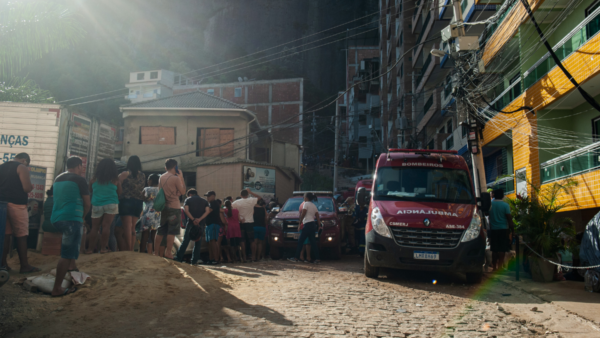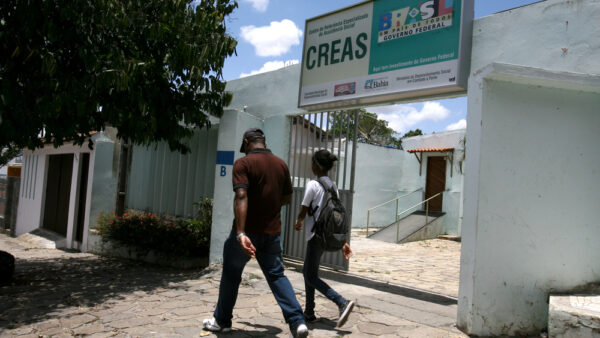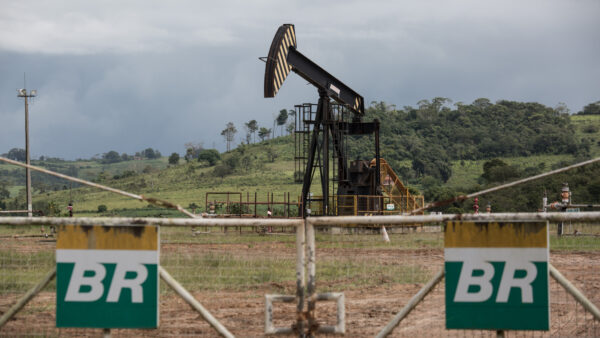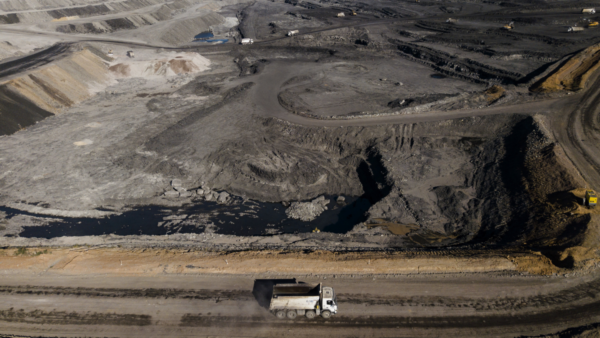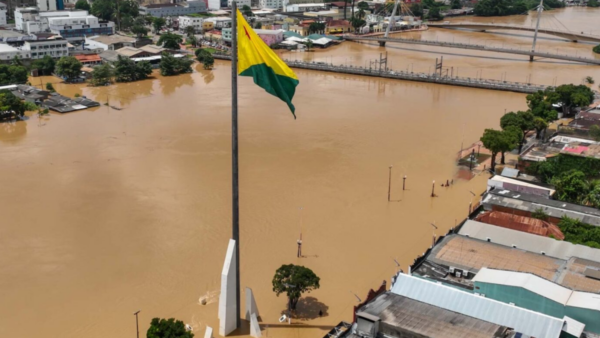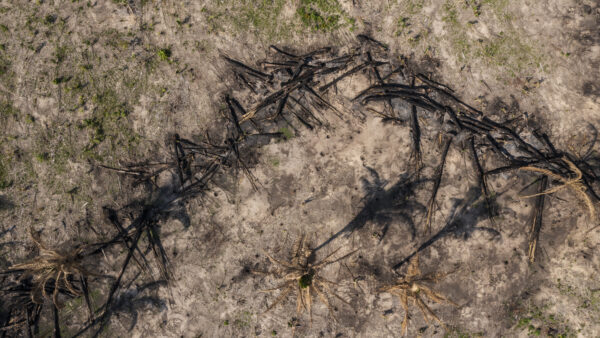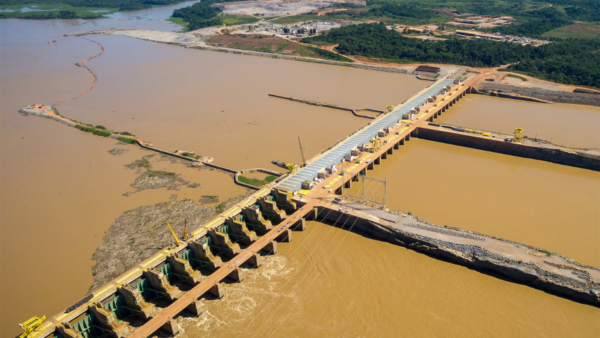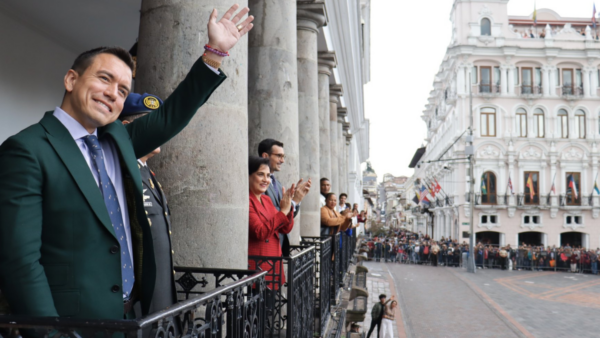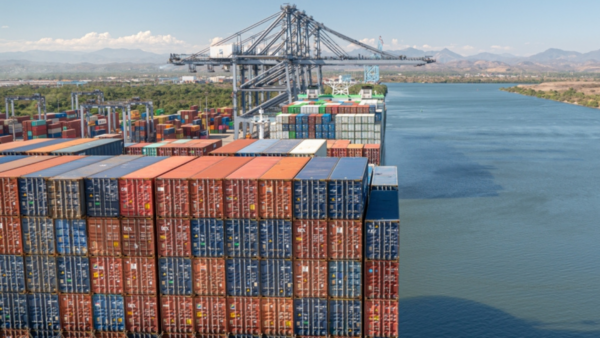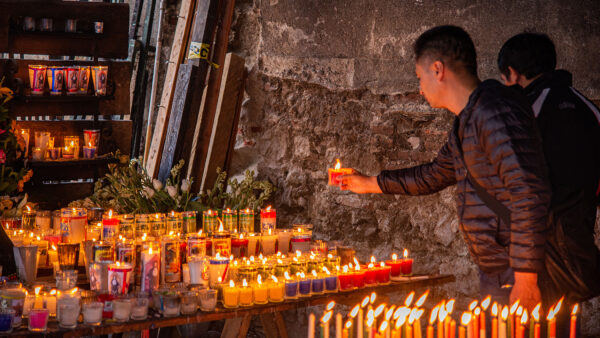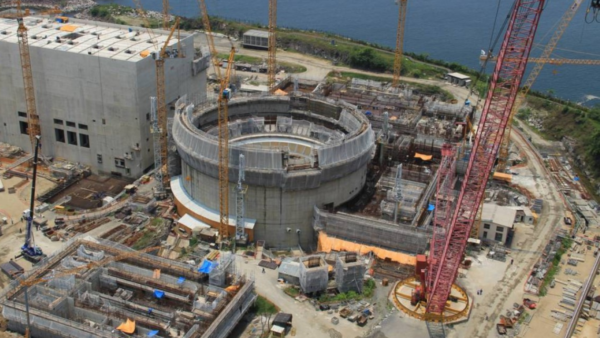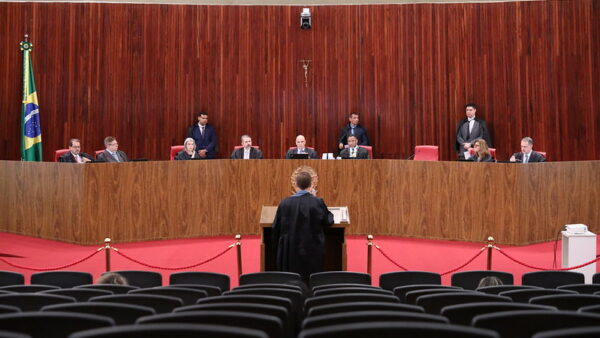São Paulo, Brazil’s biggest city, turns 467 years old today. The history of this sprawling — and seemingly never-ending — metropolis is intrinsically linked to migration. From the arrival of the British and Americans to kickstart industrialization in the mid-1800s, passing through the waves of European and East Asian laborers in the post-slavery period, all the way up to today’s growing communities of migrants from crisis-ridden nations in Africa, South America, and the Caribbean.
A prime example is the central São Paulo neighborhood of Liberdade, known for being one of the world’s biggest Japanese communities outside of Japan itself.
Approximately 400,000 first-, second-, and third-generation Japanese immigrants live in the district, and while the area is also home to sizable Chinese and Korean populations, Liberdade has adopted a distinctively Japanese-Brazilian character.
From the traditional restaurants and bars, to the cherry blossom trees and suzuran-to lampposts lining the main streets and newspaper stands selling Japanese dailies, walking around Liberdade does give the distinct feel of an authentic — if a bit kitsch — Japanese area. However, the district was traditionally a black neighborhood, a fact almost completely lost in the city’s collective consciousness.
As the center of São Paulo began to expand in the 18th century, the neighborhood of Liberdade was first populated by freed or escaped slaves. Guilherme Soares, a journalist...

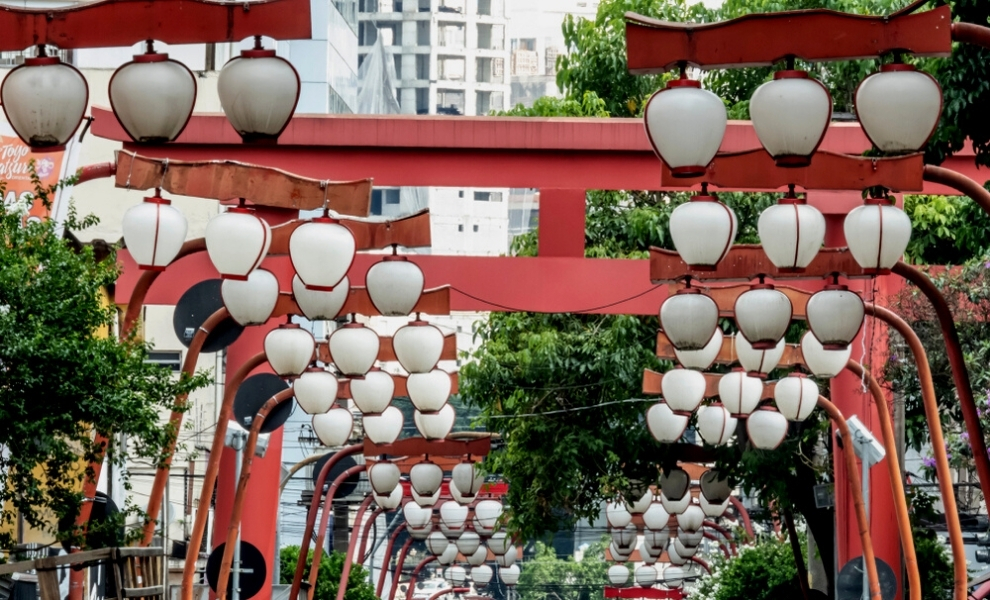
 Search
Search



